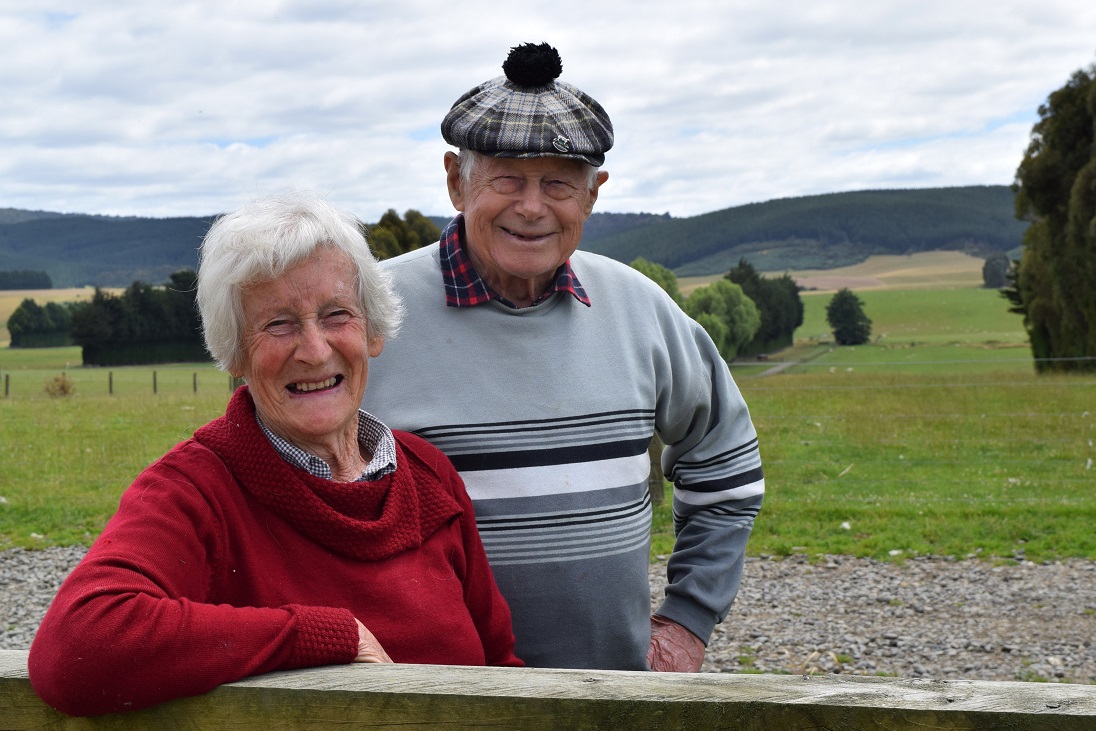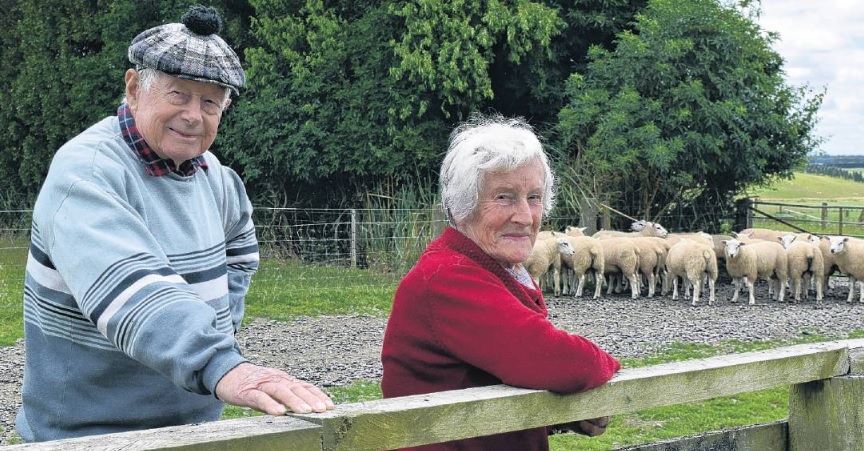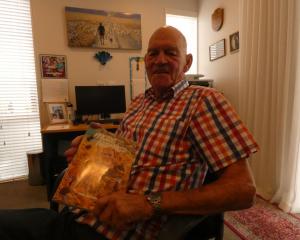
Western Southland sheep breeder Peter Black realised his full potential at his swansong ram sale.
Mr Black (85) produced his final crop of lambs on Blackdale Stud in 2020.
One of the Texel flock sold at the annual South Island Premier Ram Auction in Gore last month for the top price of $20,000.
It was the highest price he and his wife Marion had fetched for a sheep.
"We were very pleased — I knew he was a top sheep," Mr Black said.
The sale came as the couple call time on a more than 50-year career providing sheep genetics to farmers in 11 countries — Argentina, Australia, Brazil, Chile, Ecuador, Ireland, Mexico, New Zealand, Paraguay, the United Kingdom and Uruguay.
"Did I reach my full potential?" Mr Black laughs, talking to Southern Rural Life about his career.
The Black family moved from Canterbury to Ermedale, about 10km north of Riverton, in 1924.
"My parents raised six kids, 40 cows and 200 sheep on 53ha."
As a boy, his parents nurtured his ambition to breed his own stock.
By age 13, he had saved enough to buy two heifers and a bull to start his own Jersey stud.
He smiles recalling the looks of surprise when a boy paid the top price for a Jersey bull at a sale in Invercargill.
The family moved away from dairy cattle in 1951, focusing on sheep after the wool price lifted.
Peter got a Diploma in Agriculture at Lincoln College (now Lincoln University) in 1955, completed compulsory military training at Burnham the following year.
He returned home to get a 100% mortgage to buy the family farm in 1957, aged 21.
For the first 15 years, he ran Romneys. In a bid to improve lambing percentages, he introduced Border Leicester genetics, establishing a Coopworth flock in 1971. He was a supervisor at quarantine facilities between 1987 and 1990, when the Government introduced the first Texels to New Zealand. He was impressed by the breed’s hardiness in a range of adverse weather conditions.
"That got me interested in Texels."
He and his wife reminisced about making a decision to either spend money on launching a Texel stud or to replace their car, which had rusted out holes in its floorboard.
A worker on their farm gave them advice of "Cars don’t have little cars".
The Blacks decided to spend the money on rubber mats to cover the holes and the rest to start a Texel stud.
The first Texel ram they bought was in 1990, cost $13,000 and they named "Mr Muscle".
"That kicked us off."

He recalled the resistance of some people to the breed in the early days.
"We were shut out of showing a display at the Invercargill Showgrounds in 1990, so we put up a tent on a vacant section in Dee St and showed off a flock of Texel sheep there," Mr Black said.
The next year, the couple travelled to Denmark and Finland to see where the Government had bought Texel embryos and semen from.
He was impressed how the performance of the sheep in Scandinavia, including growth rate and muscling, had been recorded since the 1980s.
Back home, he crossed Texel with three breeds on his farm — Coopworth, Poll Dorset and Suffolk.
The Texel traits proved to be complementary to New Zealand terminal breeds.
"Suftex is probably the most used breed now in New Zealand."
In 1996, he introduced East Friesian genetics to the Texel flock.
The first East Friesian sired lambs arrived in 1996.
"They absolutely boomed for us — our lambing percentage went up 20% and their growth rates were remarkable."
Sheep breeders needed some luck. His luck began by being able to access semen from "exceptionally well muscled" East Friesian ram Blue 16.
The most recent piece of luck was top English Texel breeder John Vaughan offering him semen from his best Texel ram Yardstick — the highest rated sire in England — in 2017.
At Blackdale Stud, Yardstick’s sons grew at a rate of 500g a day from birth to weaning.
The sons of Yardstick fetched the top prices at a ram sale the next year.
Semen from another one of Mr Vaughan’s rams was used and the $20,000 ram which sold in Gore last month was its grandson.
They never got to tell Mr Vaughan about the sale and thank him.
The English breeder lived alone and as he was older, was isolating at home as Covid-19 spread early in the pandemic. When his water heater broke he called in a plumber and caught Covid-19.
"John was dead in a week," Mr Black said.
The $20,000 ram in Gore was bought by Wharetoa Genetics owners Garth and Chris Shaw in South Otago.
"They’ve had our bloodlines for many years and know our stock — I took that confidence in our stock as a compliment," Mr Black said.
Blackdale Stud had been selling rams at the annual Gore sale for 16 years.
All of the 73 rams offered at the sale sold for an average of $3115. Eleven of the rams sold for more than $5000.
More luck came their way in 2014 when an Invermay scientist discovered a genetic mutation in Norwegian white sheep, GDF9 — which provides better fertility and lambing performance — was in eight rams from Blackdale Stud.
Many clients now buy their rams because of the gene.
Last year, the purebred Texel two-tooth GDF9 carrying ewes scanned 188%, in comparison to the "non-carrying sisters", which scanned 164%.
Their son, Leon, and daughter-in-law, Wendy, now own and run the 370ha farm and continue to build on traits, such as the GDF9 gene.
"Leon’s a very good operator and I can see the work we put in is going to carry on and not be wasted — which is a source of pleasure to me," Mr Black said.
Leon is involved in an ongoing AgResearch project to measure the methane output of sheep.
The results so far look promising for one of their sire groups with the GDF9 gene producing fewer emissions than other breeds, although it was too early to draw any conclusions.
Mr Black would continue to work on the farm as "the maintenance man" for as long as he could.
He admitted he had "run out of a bit of horsepower" and thanked the doctors who helped him beat cancer, put stents in his heart and titanium in his knee.
He and Mrs Black would continue to live on the farm, in the house they helped build from timber they milled and where they raised five children.
Mr Black said you need three things to live a happy life.
"You need something to do, something to look forward to and someone to love."















